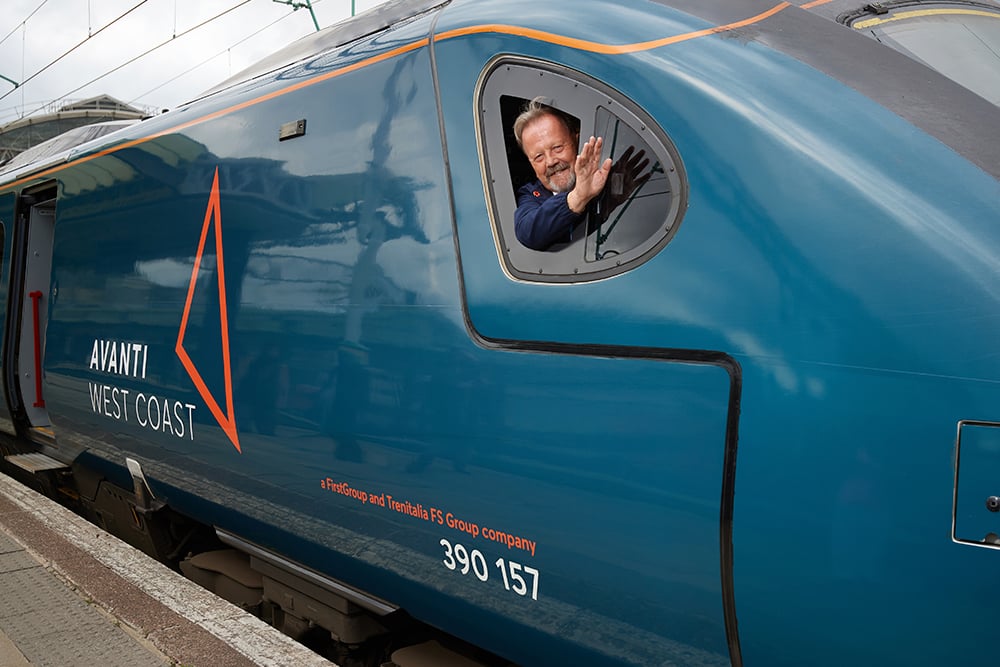
An apprentice train driver drives the engine of a passenger or goods train. The engine may be diesel, electric or diesel-electric.
Responsibilities
Throughout your apprenticeship, you may help:
- check controls and equipment before a journey
- drive the train between stations or freight depots
- speak with control centres along the route about any issues
- follow track signalling, safety and speed instructions
- leave platforms and pull into stations safely
- make passenger announcements
- control automatic doors
- position and hand over engines to drivers on the next shift
- record incidents like equipment problems, onboard issues or delays.
Salary
- Starting salaries for an apprentice is £24,000 per year.
- Experienced train drivers can earn up to £65,000 per year.
Working hours
You will typically work 35 to 40 hours per week, including evenings, weekends and bank holidays on shifts.
Working environment
Your working environment may be noisy and you may spend nights away from home.
You may need to wear a uniform.
Qualifications
Qualifications you can achieve as an apprentice train driver include:
- Level 3 Train Driver – Entry requirements for this level include
- 5 GCSEs at grades 9 to 4 (A* to C), or equivalent, including English and maths, for an advanced apprenticeship. This qualification will take 12 months to complete.
Skills
On a train driving apprenticeship, you’ll learn:
- concentration skills
- to be thorough and pay attention to detail
- patience and the ability to remain calm in stressful situations
- the ability to operate and control equipment
- knowledge of public safety and security
- observation and recording skills
- the ability to accept criticism and work well under pressure
- the ability to work well with others and on your own
- to be able to carry out basic tasks on a computer or hand-held device.
Career path and progression
After you’re certified, you might work on passenger, freight, or engineering trains.
You might combine your job with teaching new drivers about routes and cab controls as you gain expertise. You may also work as a driver trainer, instructing new drivers in the classroom, using driving simulators, and accompanying trainees.
You might work your way up to management, supervising drivers and ensuring that trains and staff are in the correct positions on the rail network. Working in operations management, which includes planning future railway upgrades, is another opportunity.
